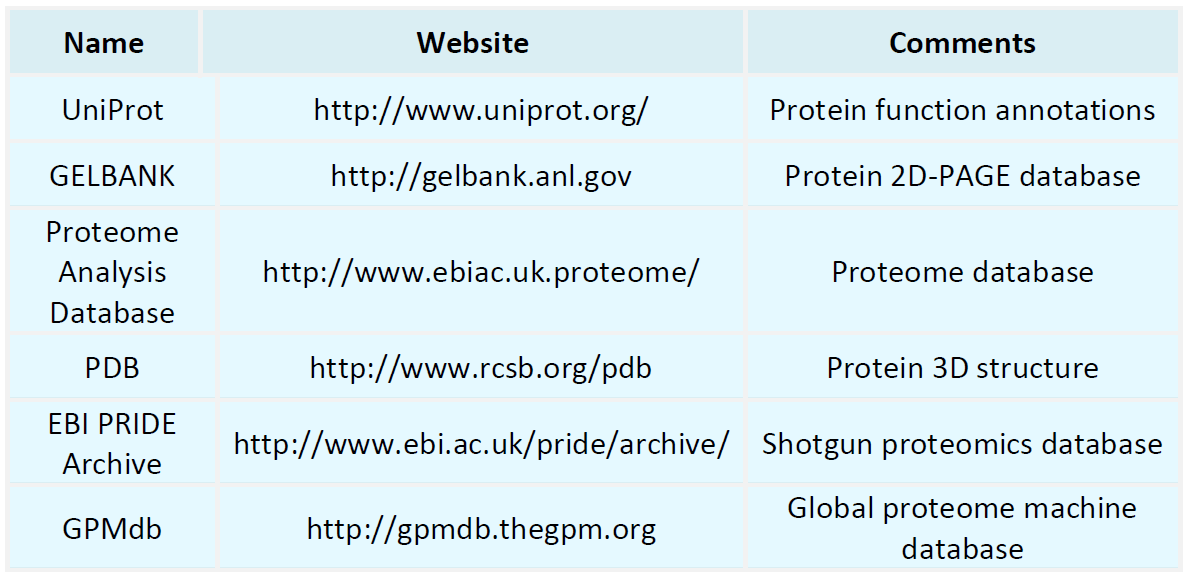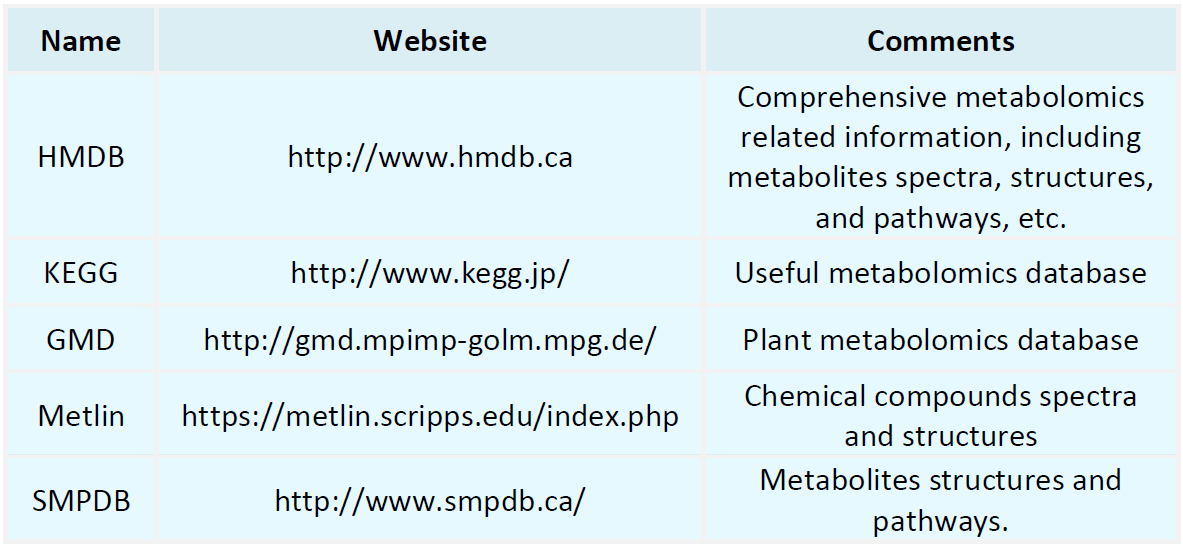Resources
Proteomics Databases

Metabolomics Databases

-
• Label-Free Protein Quantification Methods: Advantages and Limitations
In contemporary life sciences research, proteomics is transitioning from a focus on “qualitative identification” to a new phase emphasizing “quantitative analysis.” Quantitative proteomics enables the investigation of dynamic changes in protein expression levels under varying treatment conditions, thereby allowing researchers to gain deeper functional insights into biological processes. Among the various quantitative proteomic approaches, Label-Free Quantification (LFQ) has emerged as one of the fastest....
-
• Analysis of Advantages and Limitations of Different Protein Quantification Methods
Protein quantification is a critical step in life science research, as it directly impacts the elucidation of biological processes and the understanding of disease mechanisms. With ongoing advancements in mass spectrometry and sample preparation techniques, various protein quantification methods have been developed. Labeling-based Quantification Labeling-based quantification methods utilize isotopic or isobaric tags introduced during sample processing to enable relative or absolute quantification across....
-
In proteomics research, accurate protein quantification plays a central role in elucidating the dynamic changes within biological systems. With the advancement of mass spectrometry technologies, iTRAQ, SILAC, and Label-Free Quantification (LFQ) have emerged as three widely adopted quantitative strategies, each offering distinct features suitable for various experimental scenarios. iTRAQ: Isobaric Labeling for High-Throughput Multi-Sample Comparison 1. Principle Overview iTRAQ (Isobaric Tags for Relative....
-
• How to Choose the Right Protein Quantification Technique: iTRAQ vs SILAC
In proteomics research, accurate protein quantification techniques are fundamental to elucidating changes in biological processes. iTRAQ and SILAC, as two widely adopted quantification techniques, each offer distinct advantages and limitations. A thorough understanding of their underlying principles, application contexts, and key differences is essential for designing efficient and robust experimental workflows. Fundamental Principles of iTRAQ and SILAC 1. Overview of iTRAQ Technique iTRAQ (Isobaric Tags...
-
• Application of Multiple Reaction Monitoring (MRM) in Protein Quantification Analysis
In life sciences and biomedical research, protein quantification plays a crucial role in understanding biological processes, identifying disease biomarkers, and developing novel therapies. Multiple Reaction Monitoring (MRM), a mass spectrometry-based technique characterized by high specificity and sensitivity, has become a key tool for protein quantification analysis. Overview of Multiple Reaction Monitoring (MRM) Technology 1. What Is Multiple Reaction Monitoring (MRM)? MRM is a mass spectrometry .......
-
• Comparison of iTRAQ and TMT Techniques: Choosing the Right Protein Quantification Method
The advancement of protein quantification technologies has significantly propelled progress in life sciences, particularly in the investigation of disease mechanisms, biomarker discovery, and drug development. As two widely adopted isobaric labeling-based quantification methods, iTRAQ (Isobaric Tags for Relative and Absolute Quantitation) and TMT (Tandem Mass Tags) are commonly employed for the quantitative analysis of complex biological samples. Each technique exhibits distinct characteristics in terms....
-
• Step-by-Step Guide to Monoclonal Antibody De Novo Sequencing
Why Perform De Novo Sequencing on Monoclonal Antibodies? In antibody drug development and research, acquiring the full-length amino acid sequence of an antibody is the essential starting point. However, conventional gene sequencing approaches are often not applicable in the following scenarios: 1. The antibody is only available as a purified protein, with no access to B cells or mRNA; 2. The antibody originates from external sources, literature reports, or commercial suppliers, and lacks original sequence..
-
• Label-Free Quantification Methods: Mass Spectrometry-Based Protein Quantification Strategies
In contemporary life sciences, protein quantification plays a pivotal role in elucidating physiological functions, understanding disease mechanisms, and identifying drug targets. Unlike methods that only detect the presence of proteins, quantitative approaches provide insight into dynamic changes in protein expression levels, which are critical for biomarker discovery, disease subtype classification, and mechanistic investigations. Mass spectrometry (MS), as a central technology in proteomics, offers two...
-
• De Novo Sequencing vs Reference-Based Sequencing: What’s the Difference?
Different research objectives and sample types demand distinct sequencing approaches. This is especially true in applications such as proteomics or antibody analysis, where researchers often face confusion when choosing between De Novo sequencing and reference-based sequencing: What fundamentally differentiates the two? Under what circumstances is De Novo essential? And why has it become a pivotal technology in current protein structure analysis? This article aims to clarify the distinctions and selection..
-
De Novo sequencing is a technique that reconstructs the original primary structure of a biomolecule—such as DNA, RNA, or proteins—directly from experimental data, without relying on any prior sequence information or reference databases. It serves as a critical approach for investigating novel species, new mutants, unknown antibodies, natural proteins, and other unexplored biological samples. In proteomics, De Novo sequencing involves the use of high-resolution tandem mass spectrometry (MS/MS) to analyze....
How to order?







